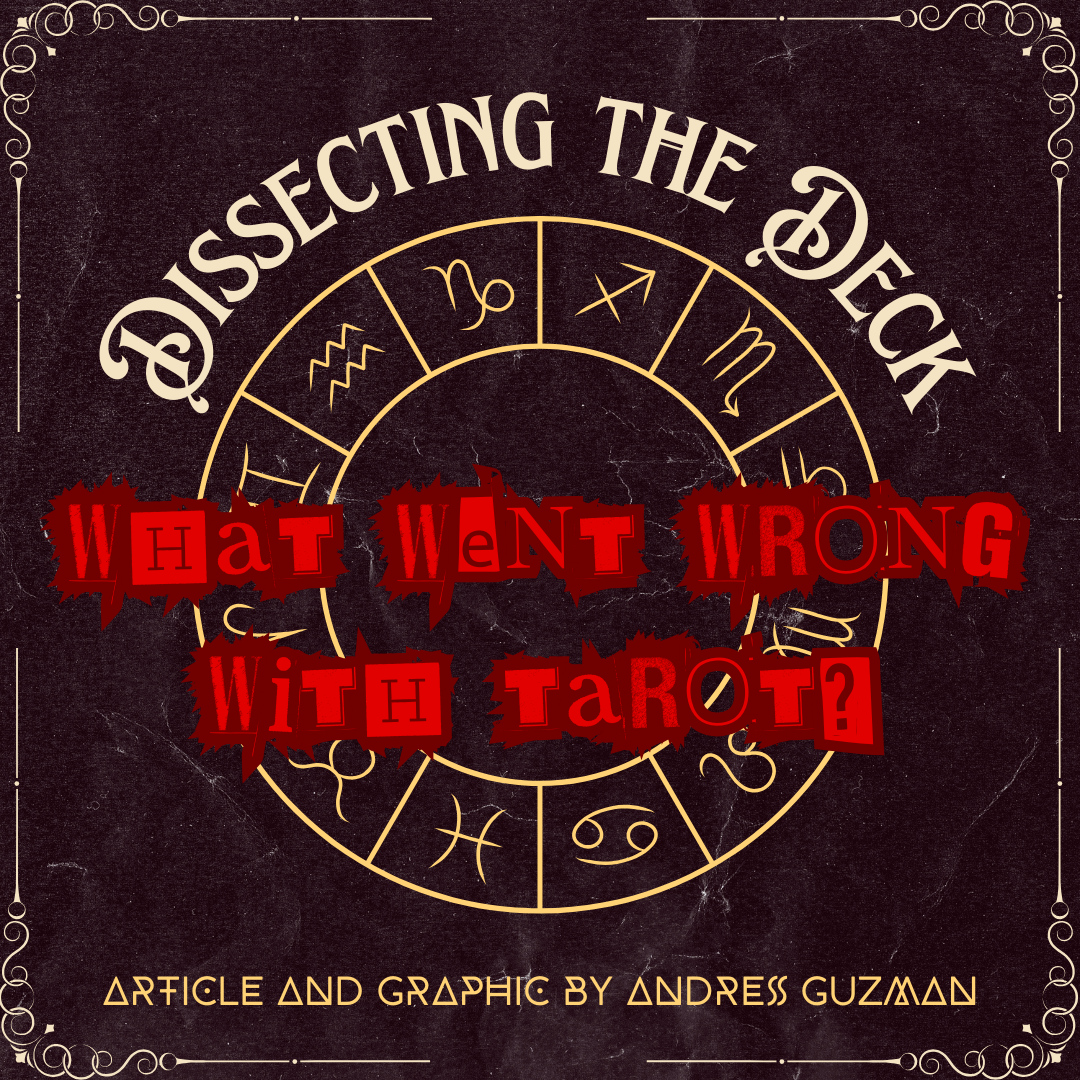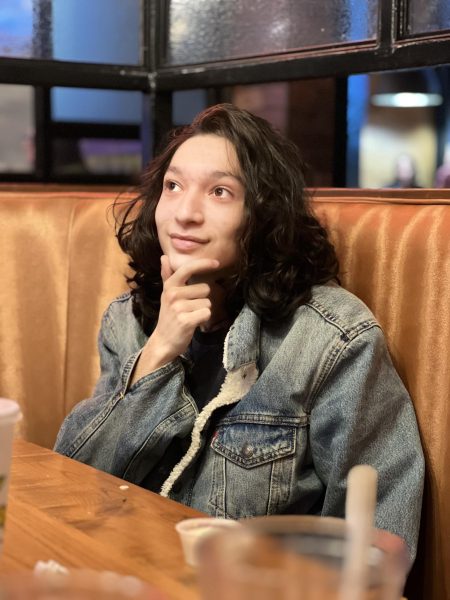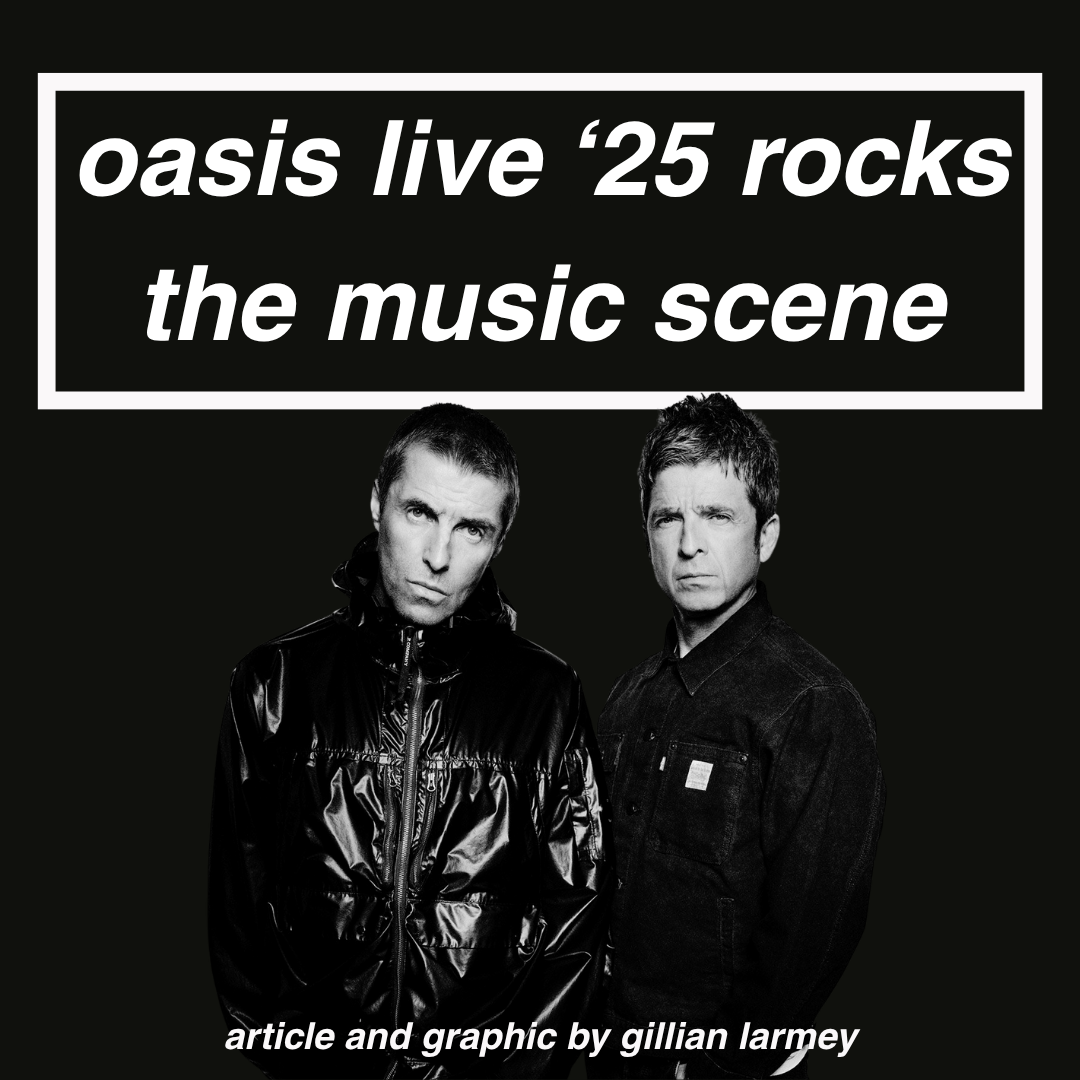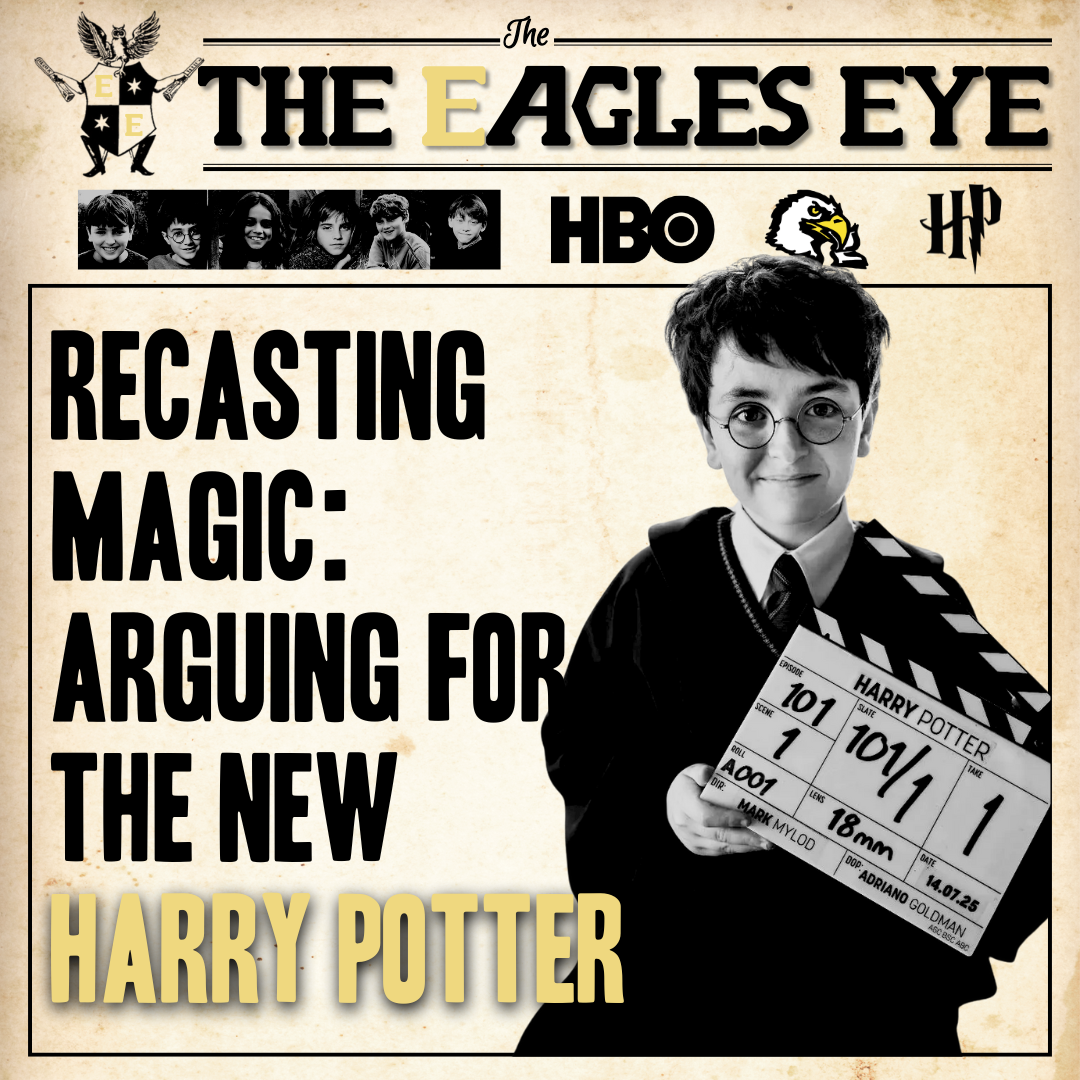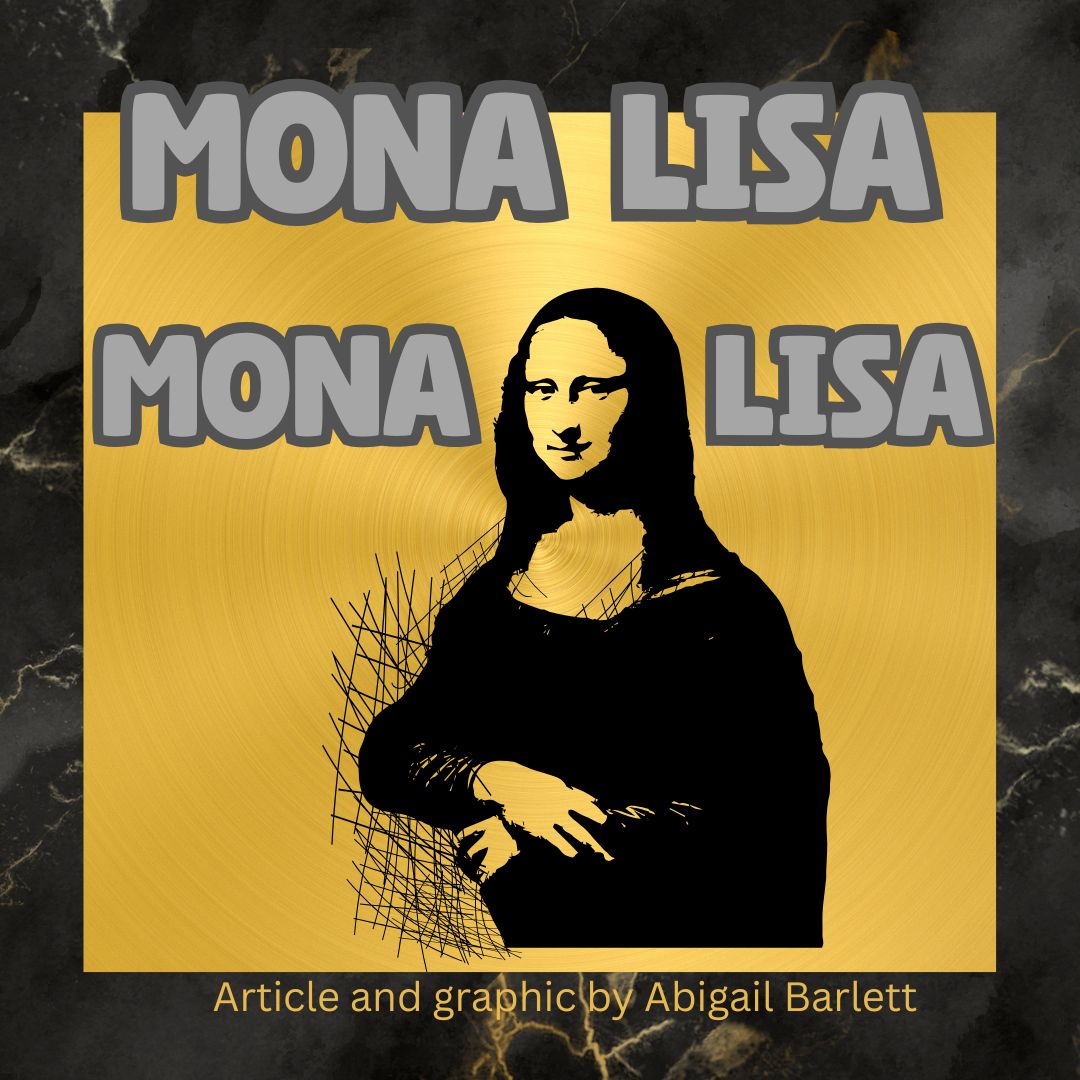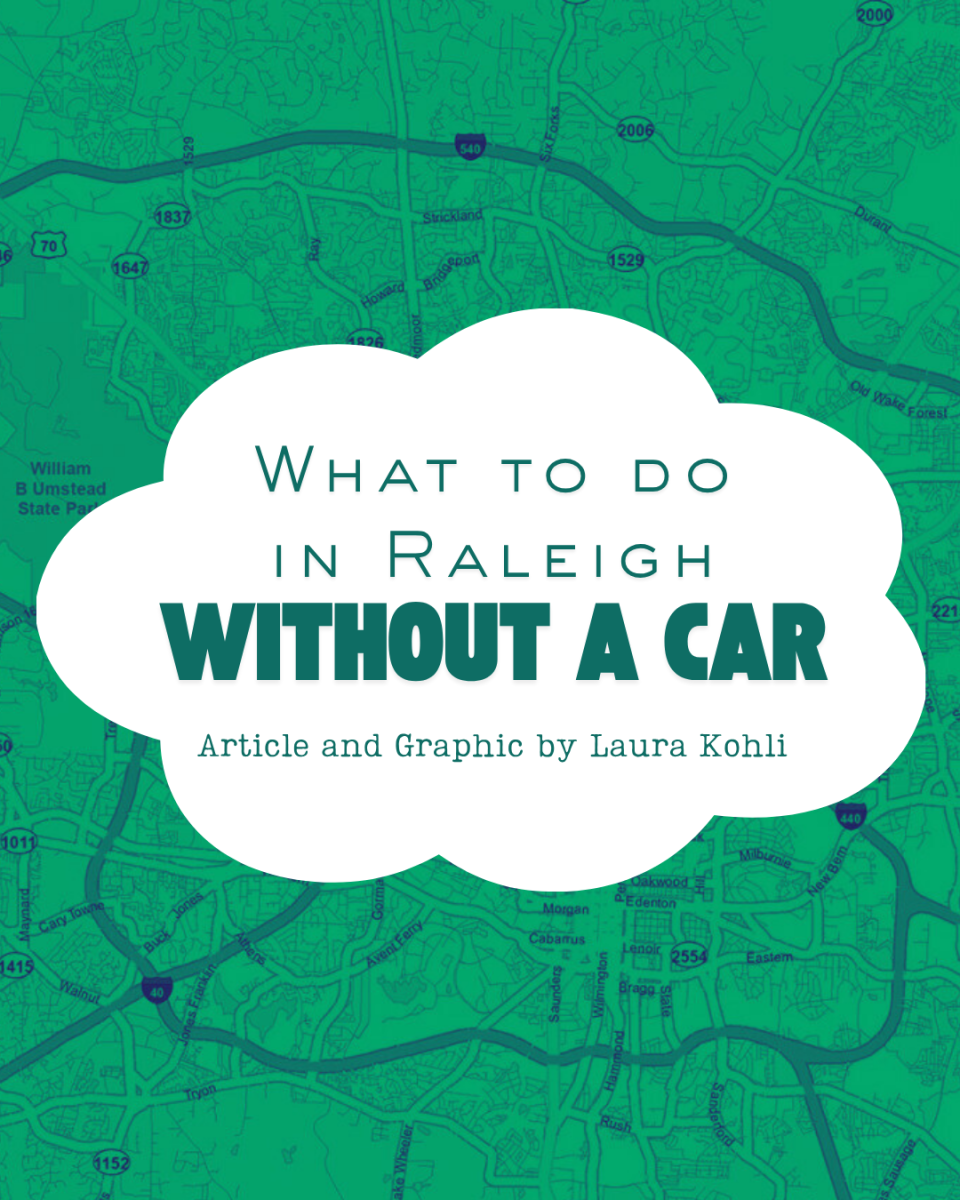Tarot was certainly a movie. The 15th-century playing cards bearing allegorical illustrations have, in recent times, been adapted into fortune-telling tools, with each Tarot card representing a different trait or perspective on your character or the context of a situation. The movie’s plot centers around the cards coming to life and killing a bunch of college kids, which sounds entertaining at face value but unfortunately it executes the premise in the most boring possible way.
The movie opens with a gaggle of actors less synergetic than literal cellmates phoning it in around an open fire. Soon enough they find themselves in a spooky cabin with a deck of tarot cards, which the lead actress uses to read the fortunes of the cast. In a horrifically uninspiring twist of fate, these fortunes end up coming true to the fatal detriment of these characters. The rest of the movie plays out in the most predictable way possible from here, with the characters being killed off in the order their fortune was read by a 3D rendered version of the illustration on the card. These monsters are conceptualized by the popular monster designer Trevor Henderson, who specializes in faux-realism body horror, blurring the lines between the cartoony and the grotesque. I will say his creative character design chops aren’t showcased very well with these walking first drafts. The Fool card, a jester. The Magician card, a magician (the rabbit in hat kind). The Six of Swords card… the character gets stabbed by six swords. This astounding creative deficit and misunderstanding of the movie’s core premise holds it back significantly and inspires facepalms rather than awe.
I kept having a single thought throughout my watching of Tarot, that being “What went wrong?”. How did they fumble this concept into the snooze-inducing failure it became? Was it the script or the actors giving me this dialogue-induced aneurysm, and how would I improve these generic monsters? I guess that’s four thoughts, but still.
Tarot, along with far too many other horror films, opts to fire the Idiot Beam at the cast in order to force the plot to move along instead of writing a clever script. If you played an orange juice drinking game of every stupid decision made in this movie, you would die of Vitamin C poisoning before even making it to The Hanged Man (who, you guessed it, is a hanged man!). The most egregious, though, comes right after that scene as the comic relief guy from Spiderman appears in all his Neddy glory. After just learning how the curse operates, he inexplicably chooses to split up from the group and do exactly what the card said would kill him, demonstrating intelligence on par with the writing team.
The end of the movie is equally as baffling as the PG-13 schlock that came before. The gang meets up with an old lady they find online whose entire purpose is to exposition dump and then die. She explains the origins of the cards and how the ‘monsters’ are actually one person, a medieval shape-shifting ghost who bound her soul to the cards that the mystery gang happened to stumble upon, and the only way to break the curse is to, you guessed it, destroy the cards. They venture back to the cabin and confront the spirit, where the infamous Six of Swords card claims the life of Old Lady, which is even more funny when you realize that the real-life Ten of Swords card depicts someone actually getting stabbed by ten swords but instead, somehow the writers landed on the card that depicts a rowboat carrying six swords for this brain-death scene. After a girl gets sawed in half by The Abracadabra card and a guy gets dragged slowly into a CGI Portal by The Horned Thing card, the lamest rendition of Death ever conceived makes its final stand. This absolute insult to eyesight takes all the corniest qualities of Vecna and Voldemort, combines them into a third, more vile V word, and garnishes it with like five strands of greasy black hair as a finishing touch. It can’t be understated how happy I was to see this thing get disintegrated, despite the fact our paper thin protagonists do nothing to earn this victory. That happiness was only rivaled by seeing it was finally over.
I briefly touched on the monsters earlier and how despite them being the main draw of the film, evidenced by them being at the front of most, if not all the film’s promotional material, they still wound up a major let-down. “From a creature design sense, whenever I’m doing creature design, I try to avoid anything like easy touchstones. In the early designs specifically, I avoided sharp teeth. I know that they walk that back a little bit in the final. When you see a monster in a movie, and it’s got that molded angry brow, I try and avoid that kind of stuff altogether,” says illustrator Henderson in an interview from Bloody Disgusting, “I just tried to take the things that popped up over and over again and try my best to make it something maybe people hadn’t seen so much, which was difficult when you’re doing the Devil and Death. How many times have we seen Death?” Cognitively, it seems that Henderson was at least attempting to think outside the box but whether it be through creative interference or visions shifting over the course of production, the value of creativity seems to have diminished, exhibited through the cookie-cutter final product and practically exploitative use of open mouths full of sharp teeth for their 1,000 jumpscares.
Let’s talk about how the character and plot direction flip-flops more than a child’s career of choice. Perhaps it’s a symptom of there being two directors, those being Spenser Cohen and Anna Halberg. For some reason, the movie can’t decide whether to be a comedy or horror. Don’t get me wrong, it’s definitely possible to make a script like this work, just watch any movie comedian director Jordan Peele, but the way it’s handled in Tarot is downright jarring. Take the ending I neglected to mention earlier, where the two survivors nearly escape with their lives and gingerly limp down an empty road when suddenly two headlights appear before them. It’s Ned from Spiderman who proceeds to quip about how he somehow miraculously survives due to his roommate walking in which somehow causes the monster to retreat. Any happiness gleaned from CGI Death going bye-bye was immediately snuffed the second the credits started rolling. The simple solution to this situation is simple, that being to take the entire thing less seriously. The jarring feeling I mentioned earlier stems from the constant switching of gears between “supposed to be scary” and “supposed to be funny” with no overlap when great horror-comedies like Shaun of the Dead or Tucker & Dale vs. Evil subvert expectations through their graceful interweaving of the genres.
I don’t know why Talberg and Cohen were averse to satirizing the very idea of Tarot cards, but then maybe it was another idea lost in that all too familiar way in which they failed to deliver what they planned. In interviews, they seem to have wanted a ground-breaking film unlike anything else in the horror genre, complete with Cronenberg practical effects and interesting settings, but what we ended up with is a Death-ly predictable write-mare whose only strength are the cliches we made along the way. Let’s hear what the Academy Newsletter says about what the movie was supposed to be.
“It didn’t matter to us if they were name actors or if they had done anything before; what really mattered was that they all had chemistry together and that they were really talented and believable from the get-go,” says Halberg. This answer only begets more questions, such as how despite the evident efforts to cultivate a chemical cast, this experiment felt flatter than the titular cards. Certainly, the dialogue left me with no reaction.
“We knew that we wanted the creatures to be practical, including the Astrologer. It really gave the actors something to react to in the space. We wanted to get genuine reactions from them, but I also think that it just looks better. It’s scarier when something feels believable and actually tangible, and doesn’t feel like it’s visual effects or augmented and created in post,” says Halberg. Believable is the last word I’d use to describe this movie, and yet this is the second time it’s come up. Somewhere along the way, they must’ve abandoned their prospects of something ‘genuine’ and ‘tangible’ and the film suffers greatly. How this ever managed to happen is any of our guesses, but lucky for you, I consulted a Tarot reader for the answer. She pulled The Tower. How did Talberg and Cohen go wrong at the base level?
“When you look at the horror landscape, it’s like, ‘There’s a vampire movie, and then there’s a slasher movie, and then there’s a zombie movie,’ Cohen tells A.frame. “Some of them are really well done, but they’re still playing with the same tropes and treading the same waters. This was like, ‘Wait a second, Tarot cards coming to life — have we seen that?’ And the answer was no,” says Cohen. As an audience, it’s telling that the directors overlook how the films are ‘really well done’, the actual merits or anything like that, and choose to tunnel vision into the tropes. When you’re so focused on being individual or unique, you tend to forget that tropes exist for a reason, and that reinventing the wheel isn’t the best idea. Maybe you haven’t seen Tarot cards coming to life because it wasn’t a good idea in the first place, especially when you make it into a glorified slasher, one of the examples you bash when referring to the horror landscape.
“We had a base knowledge of it, but we definitely learned a lot more about it in researching this movie. For us, I think there’s always been something that’s inherently scary about Tarot cards and Tarot readings, and this idea that somebody could possibly know the future or tell you something about what your future holds.” Reading this, I had an epiphany. These directors knew next to nothing about their movie’s core premise, admitting to only having a “base knowledge”. Reader, having read my description of Tarot cards at the opening of this article, you will be able to recognize that their understanding is blatantly false, refutable by any quick research. Venturing to write a movie with a concept that you only understand your fear of is like building a house with a groundwork of chairs because they seem stable enough to you.
In order to fix this movie, you would need an overhaul involving a proper understanding of the premise, a competent team of writers, acting lessons, and an air of levity. With these elements combined, it’s my belief that you’d have a chance at building a better deck. That said, it may be unwise to tempt fate by treading the same treacherous path once more, but hey, I’m no fortune teller!


